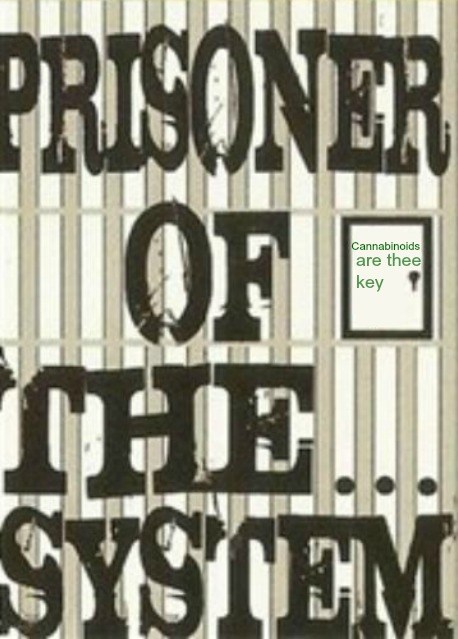Platelet Rich Plasma exerts anti-nociceptive activity by a peripheral endocannabinoid-related mechanism.
Source
University of Genova, DIMES, Genova, Italy ; fiorella.descalzi@istge.it.
Abstract
Abstract In the Regenerative Medicine, platelet by-products containing factors physiologically involved in wound healing, have been successfully used in the form of Platelet Rich Plasma (PRP) for the topical therapy of various clinical conditions since it produces an improvement in tissue repair as well as analgesic effects. Measurement of endocannabinoids and related compounds in PRP showed a significant amount of anandamide, 2-arachidonoylglycerol, palmitoylethanolamide and oleoylethanolamide. Investigation of the activity of PRP on the keratinocyte cell line NCTC2544 in physiological and inflammatory conditions showed that, under inflammatory conditions, PRP induced in a statistically significant manner the production of these compounds by the cells suggesting that PRP might induce the production of these analgesic mediators particularly in the physiologically inflamed wounded tissue. Studies in a mouse model of acute inflammatory pain induced by formalin injection demonstrated a potent anti-nociceptive effect against both early and late nocifensive responses. This effect was observed following intra-paw injection of: 1) total PRP; 2) lipids extracted from PRP; 3) an endocannabinoid-enriched lipid fraction of PRP. In all conditions, antagonists of endocannabinoid CB1 and CB2 receptors, if injected in the paw, abrogated the anti-nociceptive effects strongly suggesting for this preparation a peripheral mechanism of action. In conclusion, we showed that PRP and PRP lipid extract exert a potent anti-nociceptive activity linked, at least in part, to their endocannabinoids and related compounds content, and to their capability of elevating the levels of these lipid mediators in cells.


